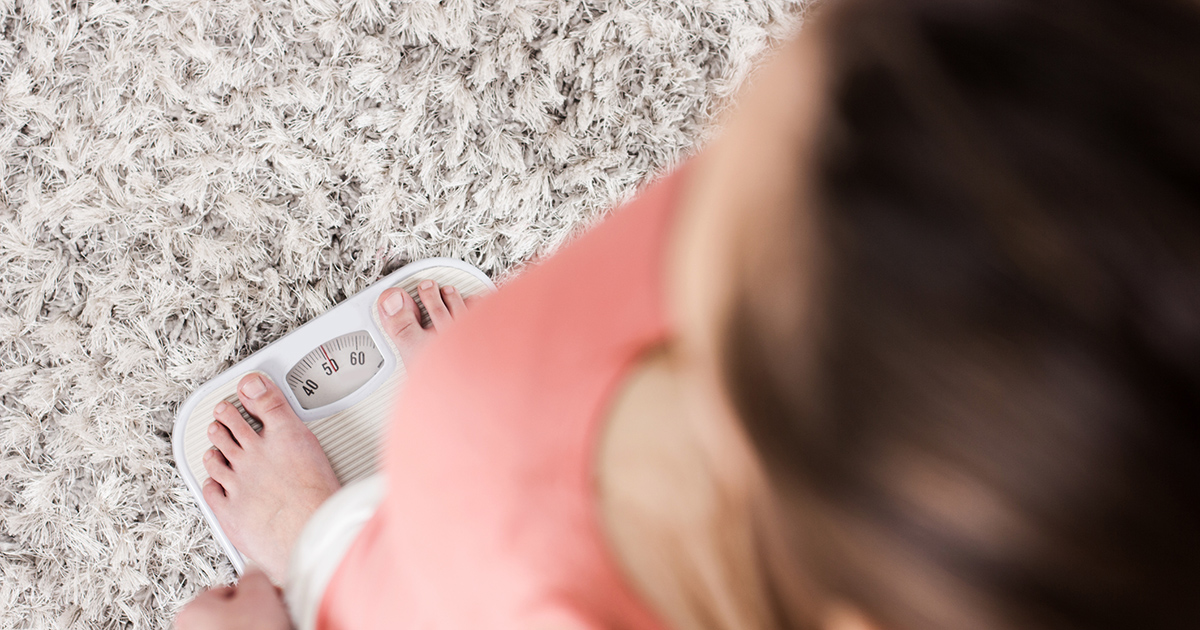Everything A Woman Needs To Know About Her Estrogen
Estrogen is one of the most important hormones in women’s health, but one that might not be thought about often enough. There is concern among some women whether they are getting enough or do not have enough naturally-occurring estrogen. Estrogen has a variety of functions for women, and a loss can have widespread consequences, including cognitive issues and energy levels. Becoming educated on what estrogen does and why it is needed is key at every stage of life.
Estrogen And Weight Loss

Although too much estrogen has a bad reputation of causing weight gain, it plays a role in weight loss. When it is stored inside a cell, the less space there is for fat to reside. The enzyme, hormone sensitive lipase (HSL) is also spurred into action with the presence of estrogen. This hormone acts to regulate fat metabolism, but the caveat is this takes place more often than not during exercise. The other way it helps weight loss is by revving up growth hormone production, so fat cells take up less glucose.
Researchers have studied the benefits of estrogen supplement use extensively and have evidence that its benefit is only upon onset and during menopause when the hormone levels decline. During this adjustment phase, menopausal symptoms set in, lowering the quality of life for many women. Supplementation can reduce some of these painful and restrictive symptoms. It is recommended hormone replacement therapy not be used to prevent heart disease and in some instances, it might increase the risk of medical conditions.
How Estrogen Affects Moods

During a women’s cycle, levels of the hormones estrogen and progesterone fluctuate. At the beginning, estrogen takes over. It helps produce feelings of high-energy, enthusiasm, and excitement. The feel-good hormone, serotonin, is in full force. Following ovulation, when progesterone takes over, the opposite comes into effect and women often get the feeling of the blues, feel sad, and have less energy. They may want to eat more and exercise less. It is important to be in tune with what is happening at each stage.
